When it comes to creating a successful website, it's not just about having a visually appealing design or informative content. In today's competitive digital landscape, user experience plays a crucial role in the success of a website. It's no longer enough to simply provide information; websites need to evoke emotions and create a memorable experience for users. This is where emotional design principles come into play.
What is Emotional Design?
Before we dive into the importance of incorporating emotional design principles, let's first define what it is. Emotional design is the practice of designing products or services with the intention of evoking specific emotions in users. This concept was introduced by renowned designer Don Norman in his book “Emotional Design: Why We Love (or Hate) Everyday Things.”
Incorporating emotional design principles into your website can create a more meaningful and engaging user experience, leading to increased conversions and customer loyalty.
Creating an Emotional Connection
One of the key elements of emotional design is creating an emotional connection with users. This can be achieved through various aspects of your website such as visual elements, language, and interactions.
Visual Elements:
The use of images, colors, and typography can all elicit different emotions from users. For example, using warm colors like red or orange can create a sense of excitement and urgency, while cool colors like blue or green can evoke feelings of calmness and trust. Similarly, using high-quality images that resonate with your target audience can also create an emotional connection.
Language:
The words we use on our websites also play a significant role in evoking emotions in users. By using relatable and conversational language that speaks directly to your target audience, you can create an emotional connection with them. Additionally, incorporating storytelling into your content can further enhance this connection by making users feel connected on a personal level.
Interactions:
The way users interact with your website also contributes to their overall experience. A smooth and intuitive navigation can make users feel in control and confident, while a confusing or frustrating interface can lead to negative emotions. It's important to pay attention to the user journey and ensure that every interaction is seamless and enjoyable.
Creating a Memorable Experience
In addition to creating an emotional connection, incorporating emotional design principles can also make your website more memorable. This is because emotions are closely tied to memory; when something makes us feel a certain way, we are more likely to remember it.
Consistency:
Consistency is key when it comes to creating a memorable experience. By using consistent branding elements such as colors, fonts, and messaging throughout your website, you create a sense of familiarity for users. This helps them remember your brand and associate it with the emotions they felt while browsing your site.
Sensory Experiences:
Incorporating sensory experiences into your website can also enhance its memorability. This could include using videos or animations that appeal to multiple senses or even incorporating sound effects or music into your design. These sensory elements can create a more immersive experience for users, making it more likely for them to remember your website.
The Power of Emotions in Conversions
Ultimately, the goal of any business is to convert visitors into customers. And emotional design can play a significant role in achieving this goal.
Trust and Credibility:
By creating an emotional connection with users and providing them with an enjoyable experience on your website, you also build trust and credibility with them. When users feel positive emotions towards your brand, they are more likely to trust you and be open to purchasing from you.
Brand Loyalty:
Emotional design not only helps with conversions but also plays a crucial role in building long-term relationships with customers. When users have positive emotional experiences on your website, they are more likely to become loyal customers who will continue coming back for more.
In Conclusion
Incorporating emotional design principles into your website is no longer a nice-to-have, but a must-have. By creating an emotional connection with users and providing them with a memorable experience, you can increase conversions, build trust and credibility, and foster long-term relationships with customers. So don't underestimate the power of emotions in your digital marketing strategy and start incorporating emotional design principles into your website today.

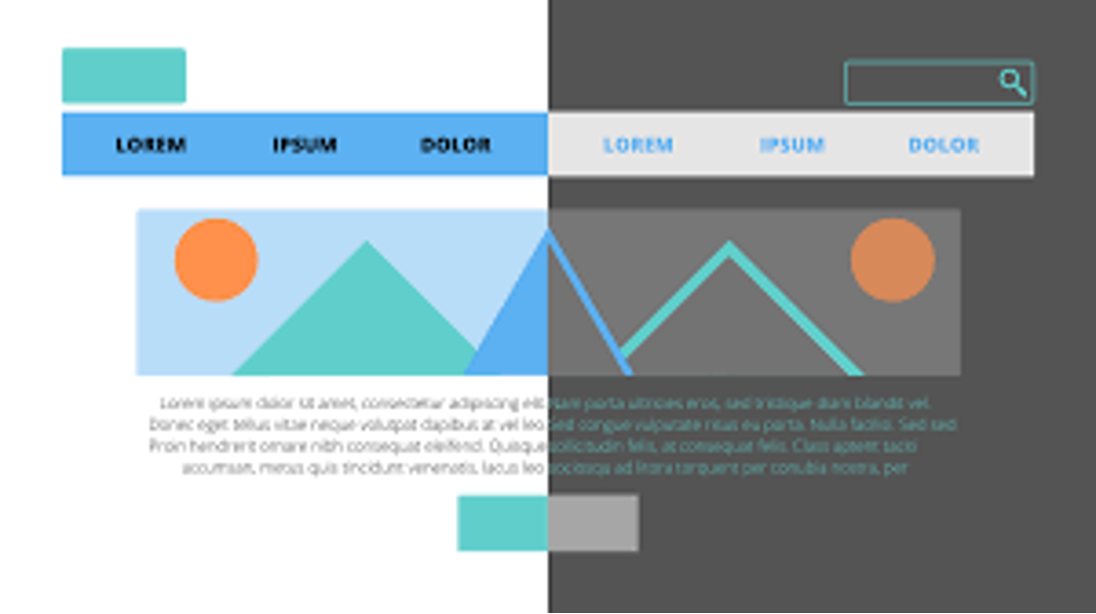








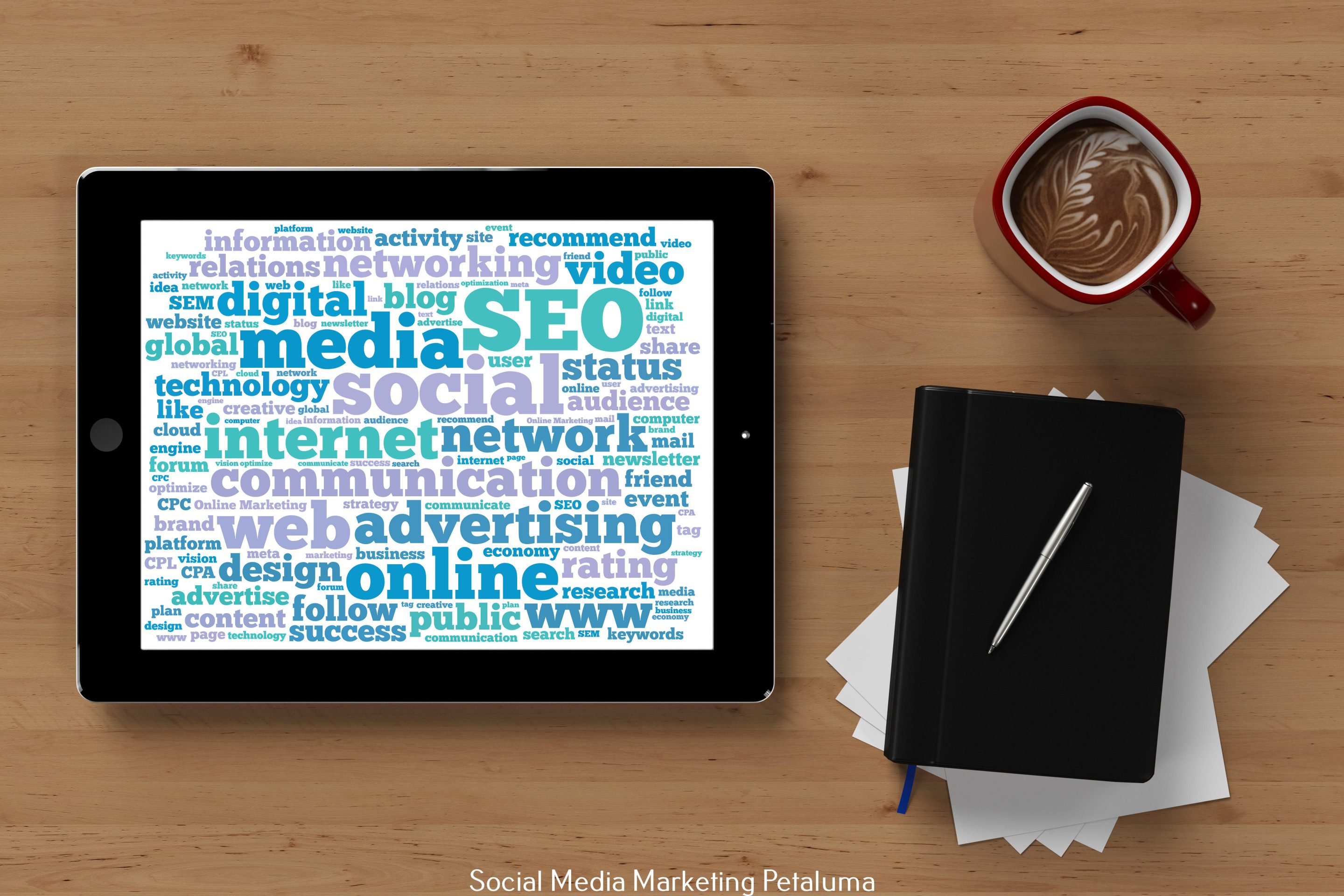

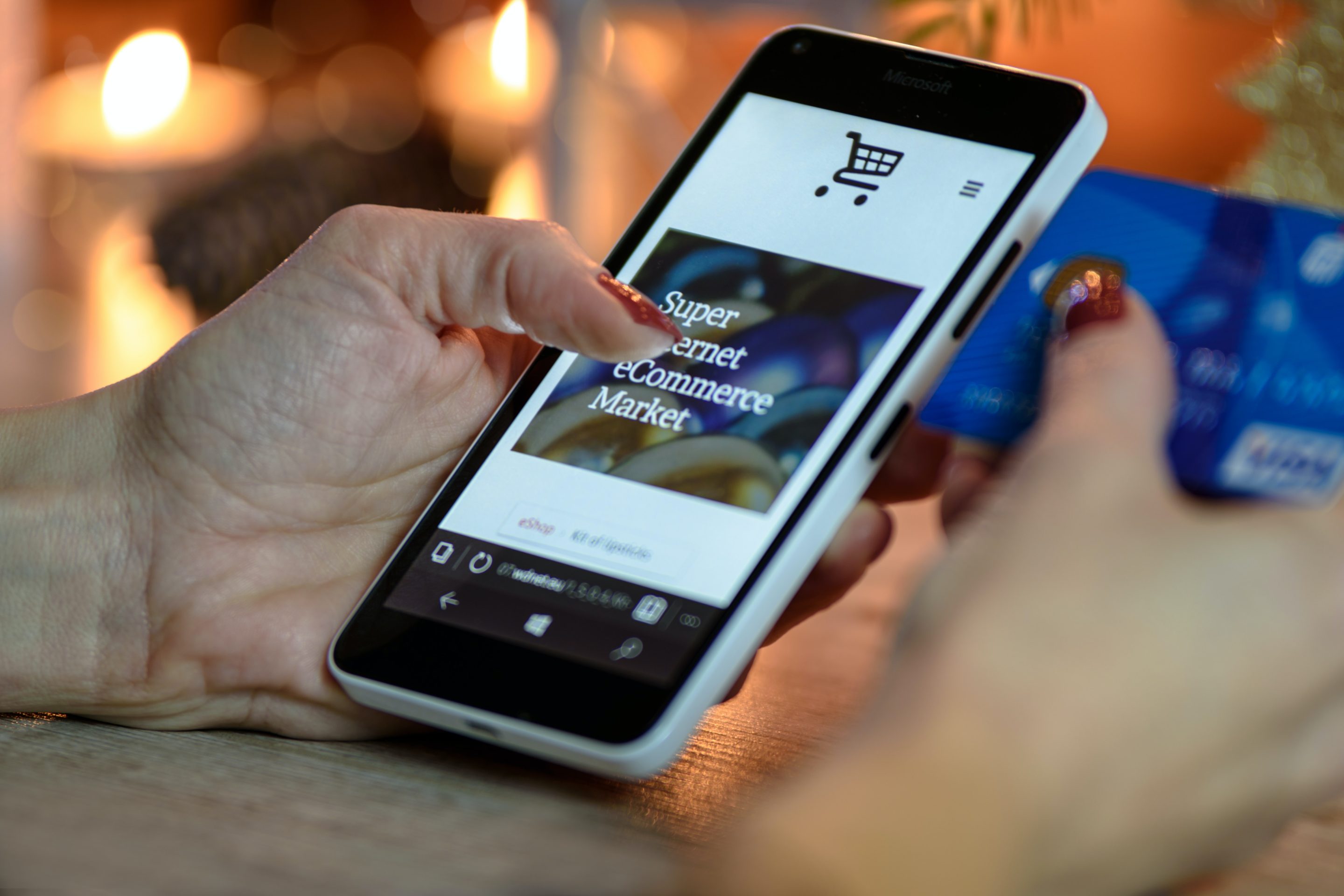





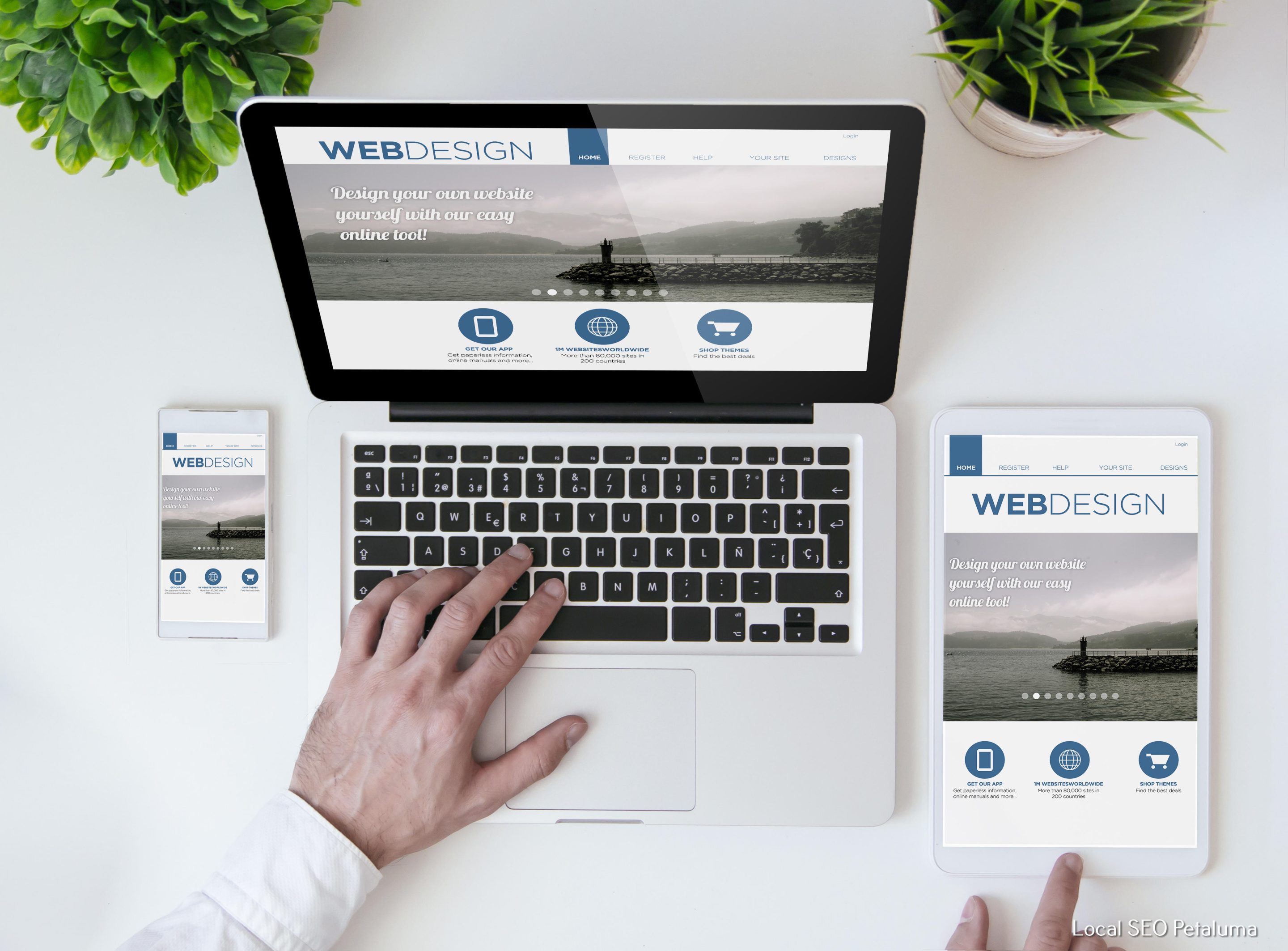






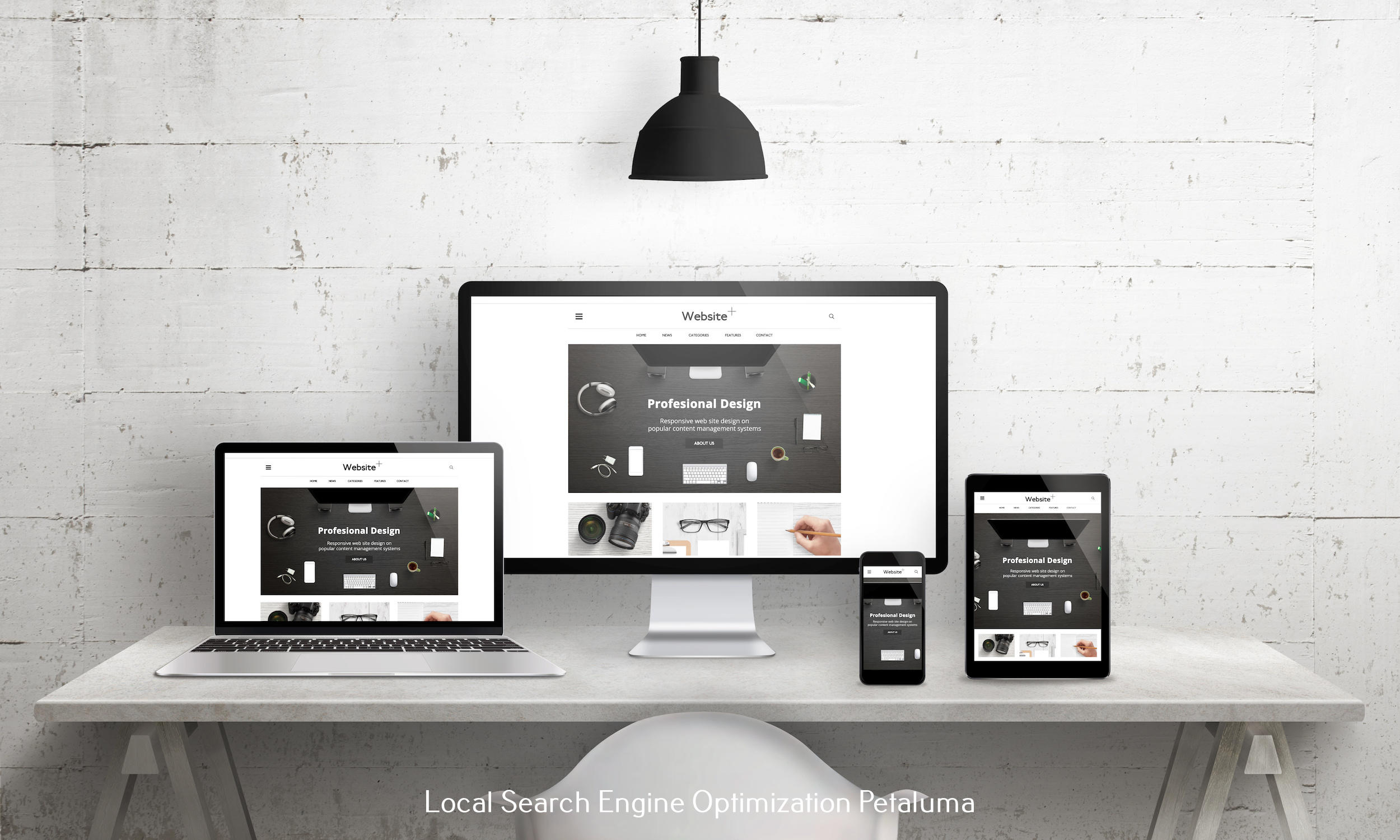





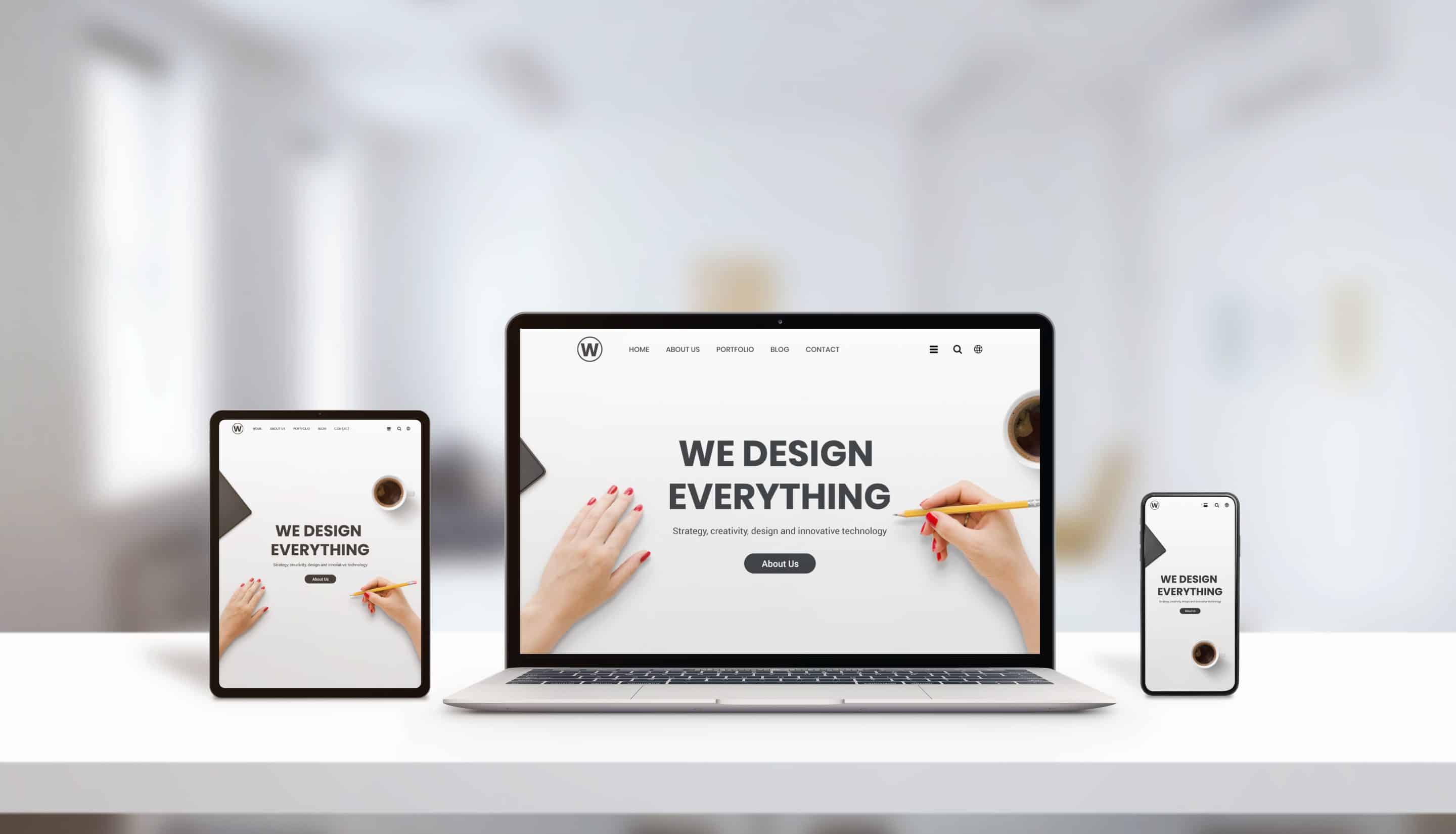






0 Comments